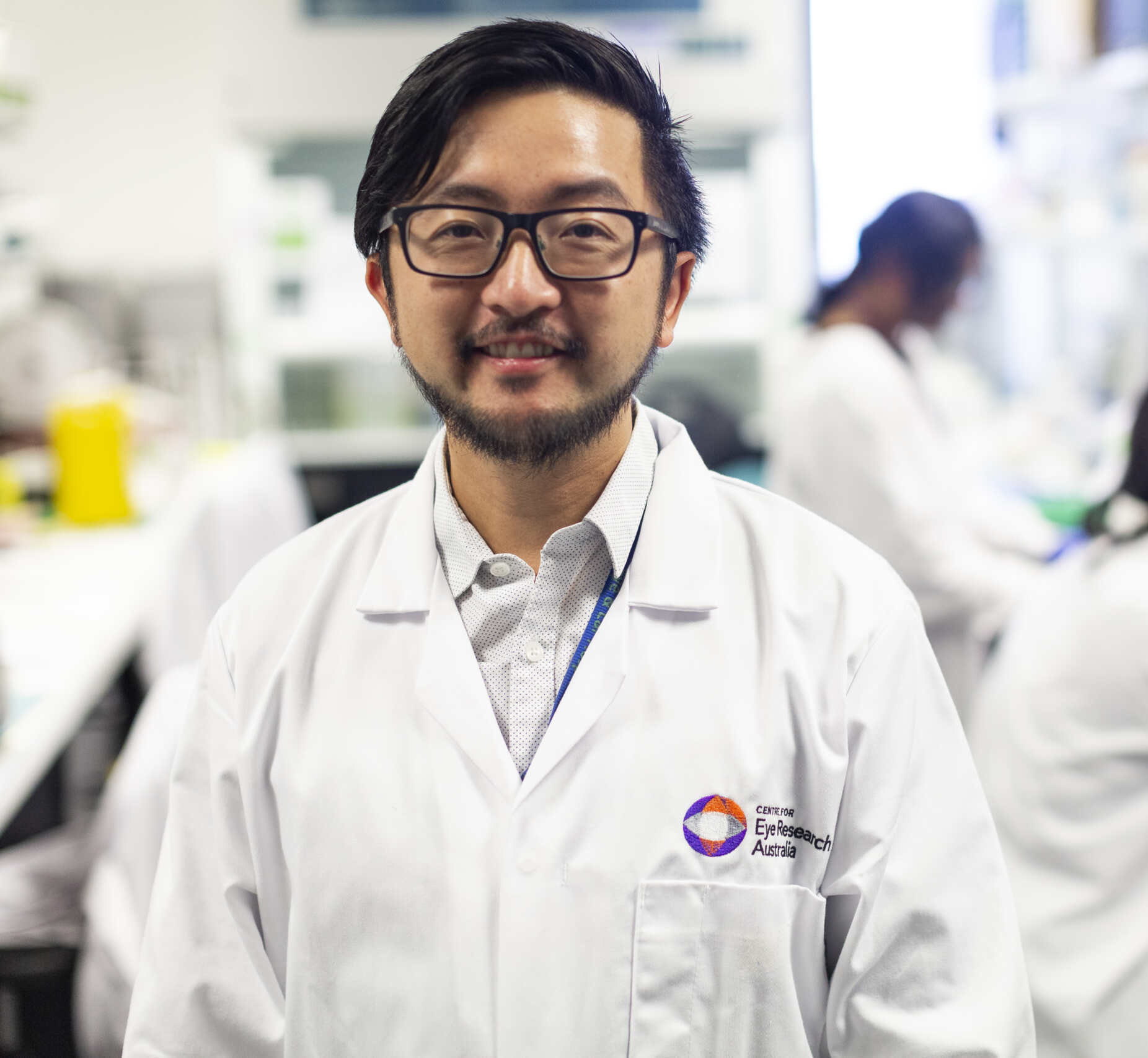Project Aim
Retinitis Pigmentosa (RP) is a large group of slowly degenerative disease of the retina caused by mutations in over 100 different genes. The diversity of underlying causes of RP is reflected in the varied onset and progression of this disease. The common end result in RP is the loss of the light sensitive photoreceptor cells of the retina leading to varying degrees of vision loss. How these genetic mutations or faults lead to photoreceptor cell loss remains unknown for most forms of RP. This lack of understanding in the disease process is still the greatest barrier for discovery of new therapies. It is, therefore, imperative that the mechanisms underlying vision loss are investigated thoroughly.
The aim of this project was to investigate how mutations in the SNRNP200 gene mutation (linked to RP type 33) cause photoreceptor cell degeneration.
Project Results and Impact
Facilitated by the award of $40,000 from Retina Australia, we were able to investigate how mutations in the SNRNP200 gene mutation (linked to RP type 33) cause photoreceptor cell degeneration. A 9-year-old girl with severe early-onset RP was examined at the Lions Eye Institute. Genetic analysis showed that she had two distinct mutations in the SNRNP200 gene, one inherited from her mother and one inherited from her father. These mutations have never been reported elsewhere and they were considered to be detrimental to the gene based on computer prediction software. In order to validate this prediction, we obtained skin cells from her to analyse the effects of mutation on cell function. A special type of stem cell was made from her skin cells so that it could be grown into the retina for us to study the retinal disease in the laboratory.
The study successfully created retinal organoids from our RP33 patient and a healthy subject and support their development in the laboratory for 9 months. We were able to use highly specialised techniques to pick up subtle differences between these retinal organoids. For the first time, we have found that cells harbouring mutations in the SNRNP200 gene lead to altered retinal development. Further work is ongoing to tease out the exact processes that leads to this altered retinal development.

Chief investigator:
Dr Carla Mellough
Lions Eye Institute, Perth
Co-investigator/s:
Dr Samuel McLenachan, Lions Eye Institute, Perth
Dr Fred Chen, Lions Eye Institute, Perth
Grant awarded:
$40,000 (2018)
Research Impact Reports
Selective Activation of Retinal Bipolar Cells Using Freeform Electrical Stimulation
Project Aim This project explores a new method called freeform...
Development of epigenetic reprogramming technology to treat retinal degeneration
Project Aim This project aims to create a new way...
Characterizing Stargardt Disease Mutations for Splice Intervention Therapeutics
Project Aim The aim of this project was to find...
Virtual Reality Assessment of Functional Vision in achromatopsia
Project Aim This project aimed to develop and validate a virtual reality (VR) mobility task...




